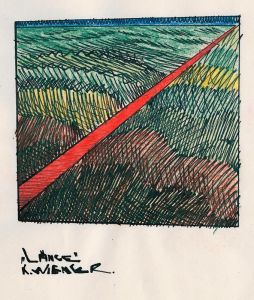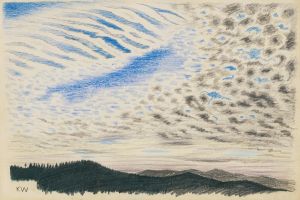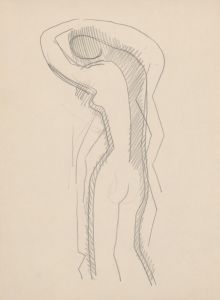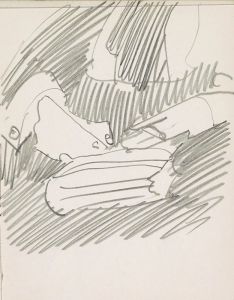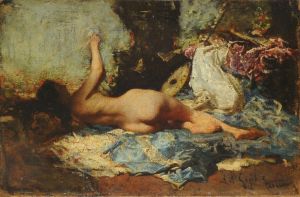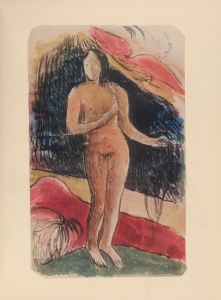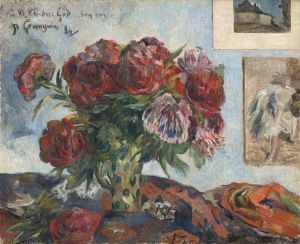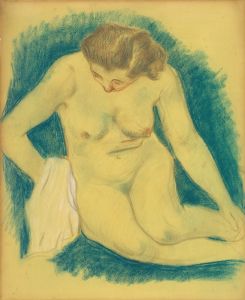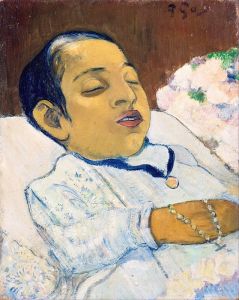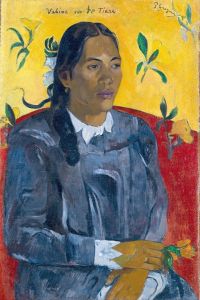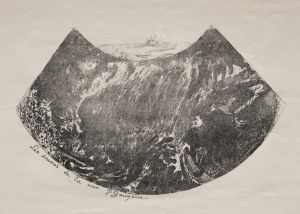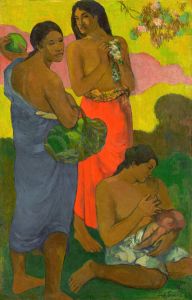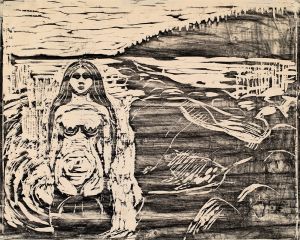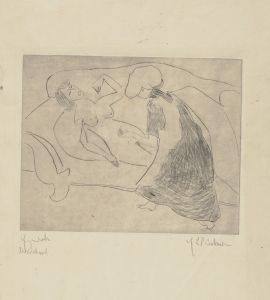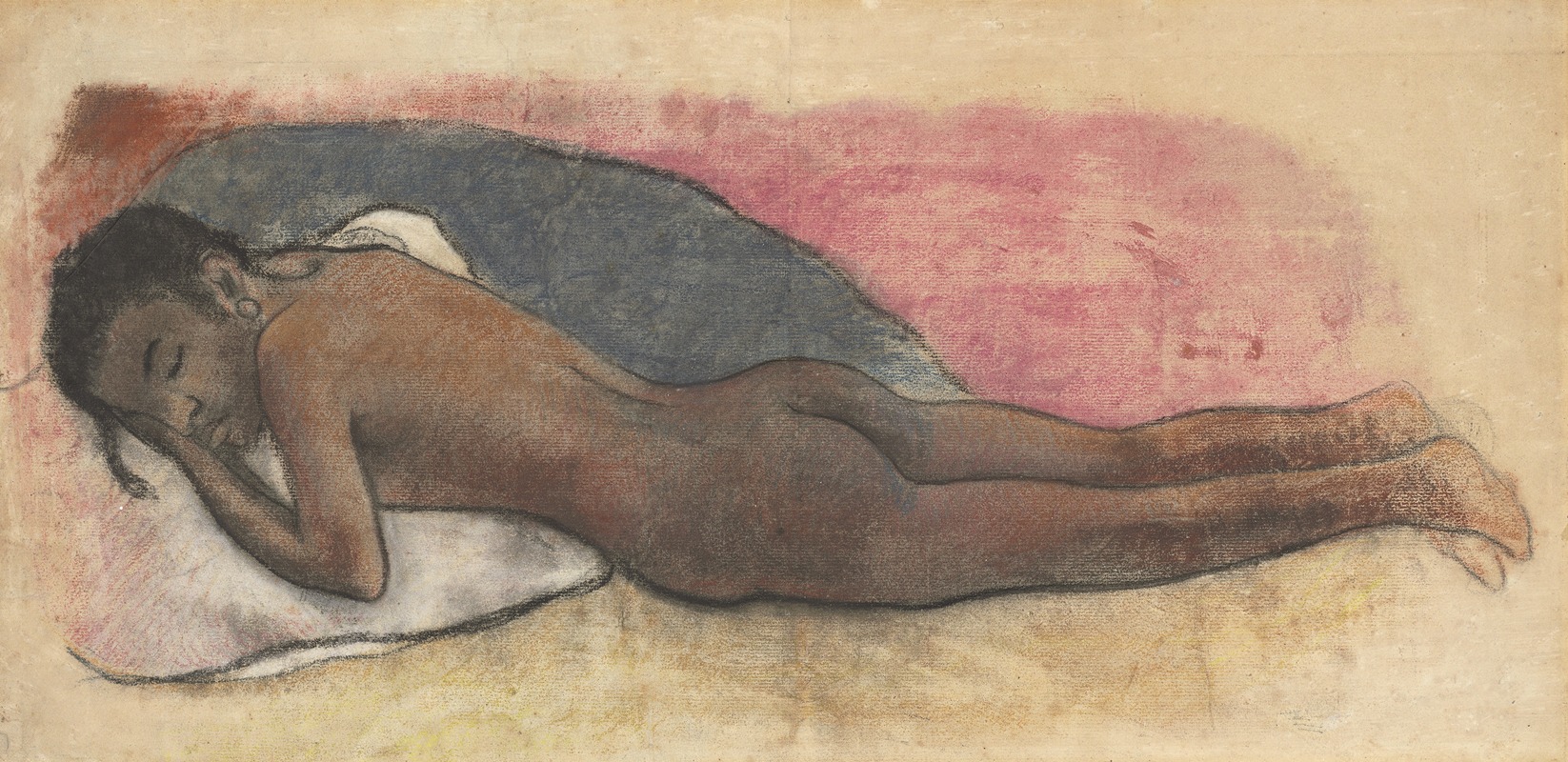
Reclining Nude
A hand-painted replica of Paul Gauguin’s masterpiece Reclining Nude, meticulously crafted by professional artists to capture the true essence of the original. Each piece is created with museum-quality canvas and rare mineral pigments, carefully painted by experienced artists with delicate brushstrokes and rich, layered colors to perfectly recreate the texture of the original artwork. Unlike machine-printed reproductions, this hand-painted version brings the painting to life, infused with the artist’s emotions and skill in every stroke. Whether for personal collection or home decoration, it instantly elevates the artistic atmosphere of any space.
Paul Gauguin's "Reclining Nude" is a painting created by the French Post-Impressionist artist, who is renowned for his innovative use of color and his departure from traditional European artistic conventions. Gauguin, a central figure in the Symbolist movement, often sought inspiration from non-Western cultures, particularly during his time in Tahiti and other parts of French Polynesia. This painting is one of several works in which Gauguin explored the theme of the nude, a subject that was central to his artistic practice.
"Reclining Nude" depicts a female figure lying on her side, rendered in Gauguin's characteristic style, which emphasizes bold, flat areas of color and simplified forms. The figure's pose and the composition of the painting reflect Gauguin's interest in creating a sense of harmony and balance, while also evoking a sense of intimacy and sensuality. The background and surroundings are often stylized, with little emphasis on realistic detail, which allows the viewer to focus on the figure itself.
Gauguin's approach to the nude was deeply influenced by his time in Tahiti, where he sought to escape what he perceived as the constraints of European civilization. Many of his works from this period, including "Reclining Nude," reflect his fascination with the natural environment and the people of the islands. However, it is important to note that Gauguin's depictions of Tahitian subjects have been the subject of significant critique, as they often reflect a colonialist and exoticizing gaze.
The exact date of creation for "Reclining Nude" is not definitively documented, but it is generally associated with Gauguin's later years, particularly his time in Tahiti or the Marquesas Islands. The painting is notable for its use of vibrant colors and its departure from the more naturalistic depictions of the nude that were common in European art at the time. Instead, Gauguin's work emphasizes emotional resonance and symbolic meaning.
"Reclining Nude" is housed in a private collection or museum, though its specific location and ownership may vary depending on the version of the painting, as Gauguin created multiple works with similar themes. The painting continues to be studied and appreciated for its role in the development of modern art and its reflection of Gauguin's unique artistic vision.
This work, like much of Gauguin's oeuvre, invites both admiration for its aesthetic qualities and critical reflection on the cultural and ethical implications of his artistic choices.





